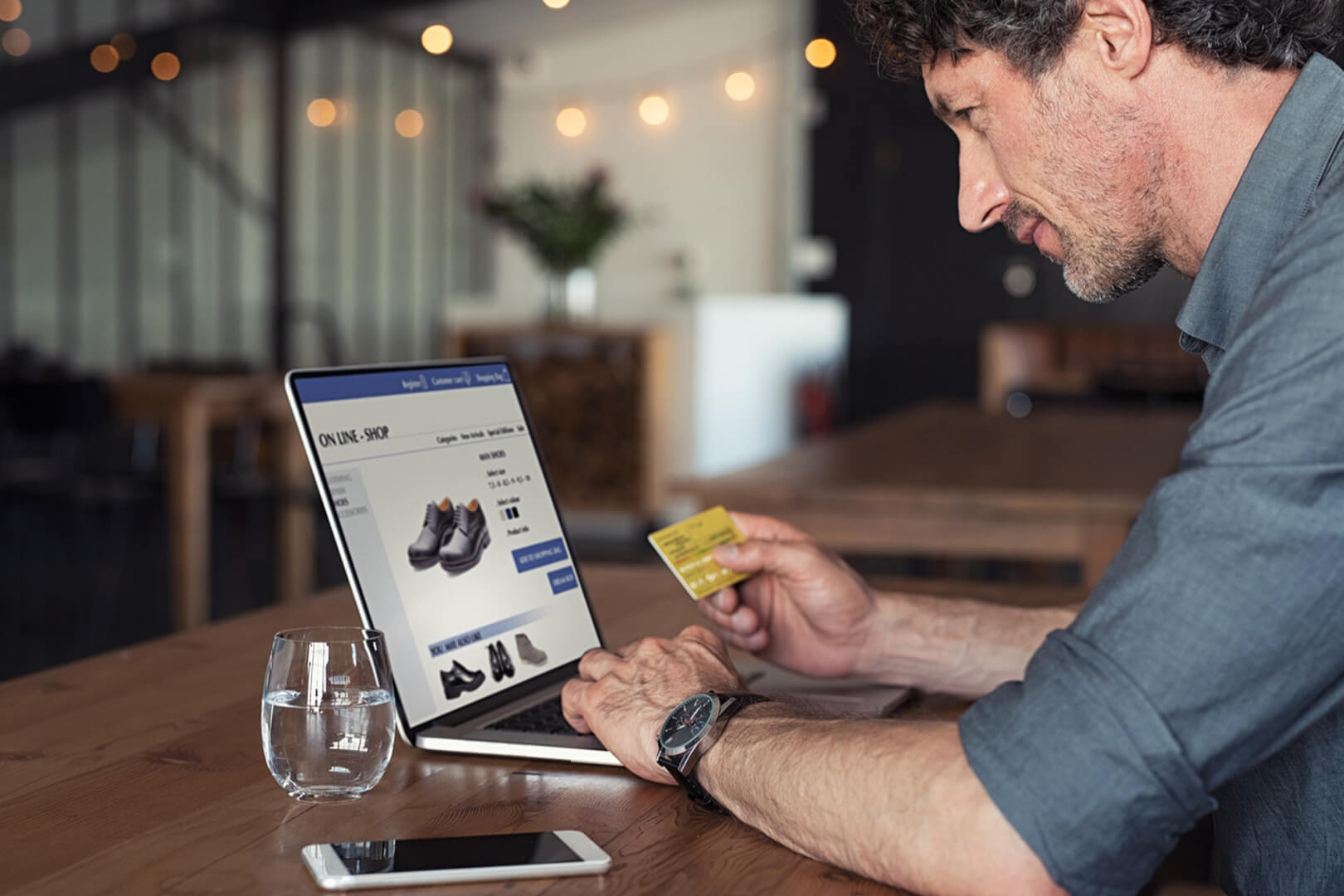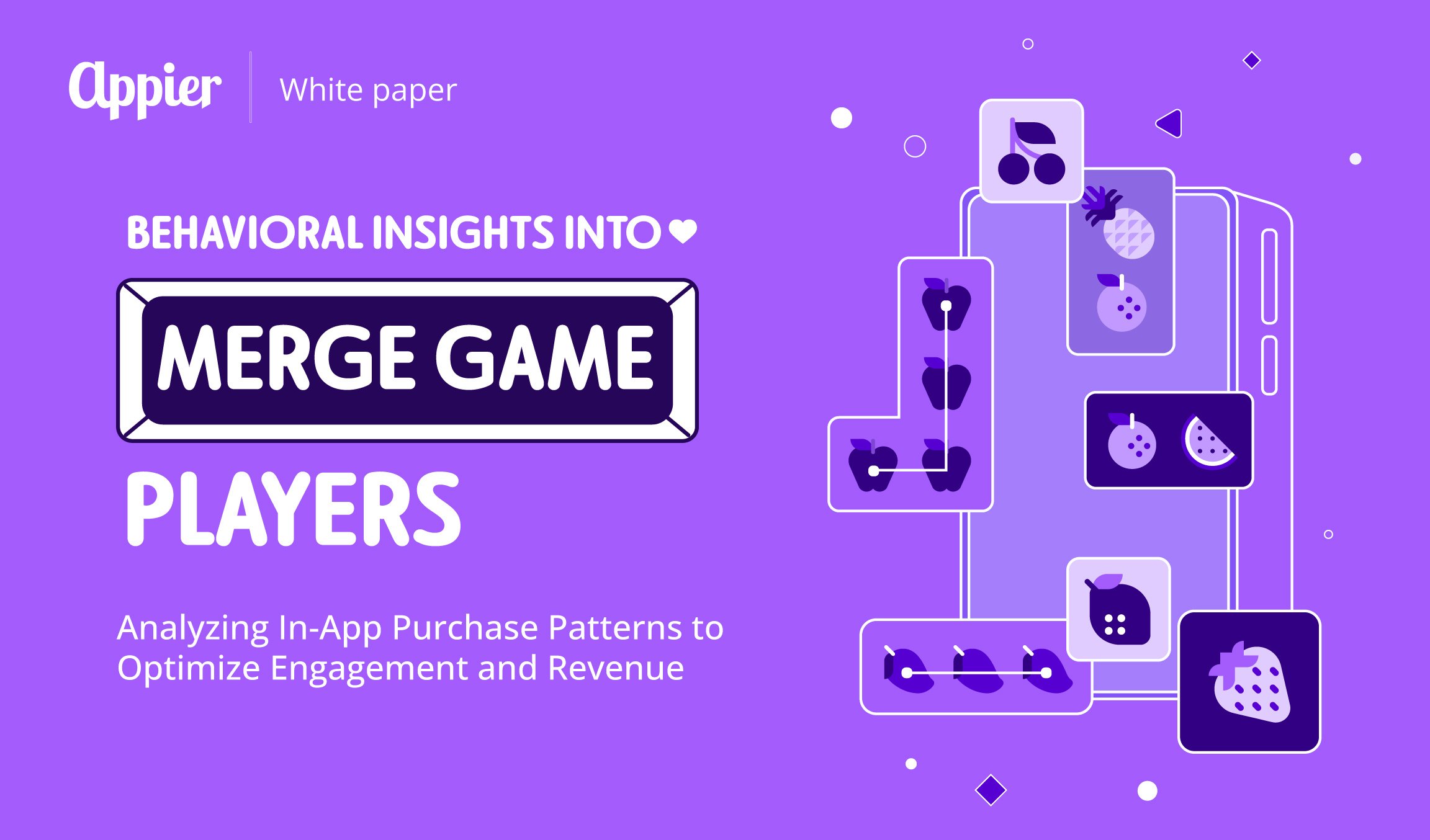7 min read
There is no doubt that digital has taken over many aspects of our lives. According to recent research, 4.5 billion people now use the internet worldwide, with the average user spending six hours and 43 minutes online each day. E-commerce is also on the rise, with sales growing 30 percent in 2020, spurred by the pandemic. In response, more brands are moving online.
As a result of this shift to digital, data is growing exponentially. Every time a person logs into social media, browses the web, views an email or video, or engages in e-commerce activities, they leave a data-rich trail. According to an estimate from Raconteur, by 2025, a staggering 463 exabytes of data will be created globally every day.
Hidden in this data are valuable business insights that can help e-commerce brands and online retailers better understand their customers, in order to segment audiences, predict future behavior, personalize communications and optimize experiences.
According to Statista, 89 percent of marketers worldwide use data to make strategic decisions. In addition, leading-edge data innovators are able to increase their gross profits by 12.5 percent. To keep you in the game, here are six smart ways in which you can use data to influence and increase purchase intent.
1. Deliver Action-Based Trigger Emails in Real Time
Email remains a powerful marketing tool in 2021. However, sending generic emails to everyone won’t do the trick as individual customers have unique interests and are in different stages of the buyer journey.
To improve your email marketing performance and push potential customers to purchase, use intent data, also known as behavioral data, to target them based on specific actions that happen on your website in real time. By analyzing these actions, you can personalize trigger emails that reference a customer’s interest to increase purchase intent.
For example, if someone browsed the spring collection in your online fashion store, you can deliver a trigger email with a buying guide featuring products from this collection only and a promo code. In a different case, if someone signed up for your membership, ask them what they are looking for and highlight the perks that come with the membership program such as free shipping.
2. Keep Visitors on Your Site With Exit-Intent Pop-Ups
The longer a customer stays on your site, the more likely they are to convert and buy. By tracking and analyzing a visitor’s behavioral data on mouse movements on your webpage, exit-intent technology can detect when he or she is about to leave your site without purchasing. These actions include moving towards the back button, sitting idle, or scrolling quickly to the top of the page.
When these types of actions are identified, exit intent technology automatically delivers a pop-up message that engages your visitors with an enticing offer, product recommendations, or other message, encouraging them to stay.
Because exit-intent pop-ups capture attention when a visitor is already active and in the mindset to buy, they can be extremely effective. In fact, the average conversion rate today is around 5 to 10 percent.
3. Entice Hesitant Customers With Customized Coupons
Promotional marketing is a great way to entice people to purchase. According to figures by Valassis, 54 percent of consumers have made an impulse purchase because of a coupon. However, to create an effective, profit-generating promotional marketing strategy, you need to target the right people.
Instead of wasting your budget on guaranteed customers who will purchase regardless of an incentive and window shoppers, focus your efforts on hesitant buyers – those who are sitting on the fence.
To identify these hesitant customers, you can leverage advanced machine learning to analyze customer data on their on-site behavior, including how they tap, swipe, and scroll. This will give you an accurate insight into purchase intent and enable you to target the right audience who are most likely to convert with a coupon.
4. Bring Back Cart Abandoners With Timely Reminders
Cart abandonment is a big problem in e-commerce, with the average abandonment rate reported to be around 88 percent. There are many reasons people abandon carts, from mandatory sign-ups to high shipping costs and distractions, some of which can be overcome by making the checkout process as hassle-free as possible.
Another effective way to tackle cart abandonment and increase purchase intent is by remarketing. Leverage an AI-driven marketing automation platform to deliver a gentle reminder to cart abandoners who have added items to their basket in the last hour. However, make sure to exclude those who have completed checkout in the last 24 hours to prevent annoyance.
You can also use AI to analyze consumer behavior and habits in order to figure out the best time to send your messages to individual customers, making sure to reach out at the time when they most likely to interact with your brand. This will help you achieve higher levels of engagement.
5. Increase Engagement Using Advanced Recommendation Engines
Personalized recommendations is one of the best ways to win customers, with research by Accenture revealing that 91 percent of consumers are more likely to shop with brands that “recognize, remember and provide them with relevant offers and recommendations”.
With advances in machine learning, personalization is no longer limited to recommendations based on demographics and market segmentation. Using a deep learning-based recommendation engine, you can analyze rich data on the context of products and user details, such as product descriptions, content, and images that a customer browsed, alongside his or her profiles, to make meaningful, hyper-personalized recommendations at an individual level.
For example, if a customer is browsing couches in an online homeware store, a deep learning model can analyze the deep content on those pages, such as product titles, detailed attributes, categories and images, to discover that this customer wants a three-seater couch in dark grey.
Based on this information, you can recommend similar products on the website, or related items such as a lamp or curtains that match the style. The more data gathered over time, the more personalized recommendations will be.
6. Turn Window Shoppers Into (Potential) Customers
While window shoppers are not your ideal target audience, they can still be turned into prospects, or even paying customers, with the right tactics.
There are many reasons why window shoppers are not looking to buy. Perhaps they are not ready, are still gathering information about a product, or they are simply not sure what they want.
Nurture campaigns are an effective way to increase window shopper engagement and turn them into (potential) customers. By analyzing external data such as what they are reading or what products they are looking at on external sites, you can better understand their interests, and then create nurture campaigns with relevant content, such as useful tips, ‘how-to’ videos and blog posts, or with a coupon to redeem free samples, to build trust, increase their interest, and push them through your marketing funnel toward conversion.
By using the right technology to tap into your data and implementing these data-driven practices into your marketing, you can positively influence purchase intent, turn prospects into customers, and boost your sales and profits.
* Want to find out more about how we can help you turn your data into actionable insights for optimized marketing performance? Contact our team today for an exclusive consultation.



-1.png?width=3000&height=1834&name=SuperLike_%E5%B7%A5%E4%BD%9C%E5%8D%80%E5%9F%9F%201%20(1)-1.png)